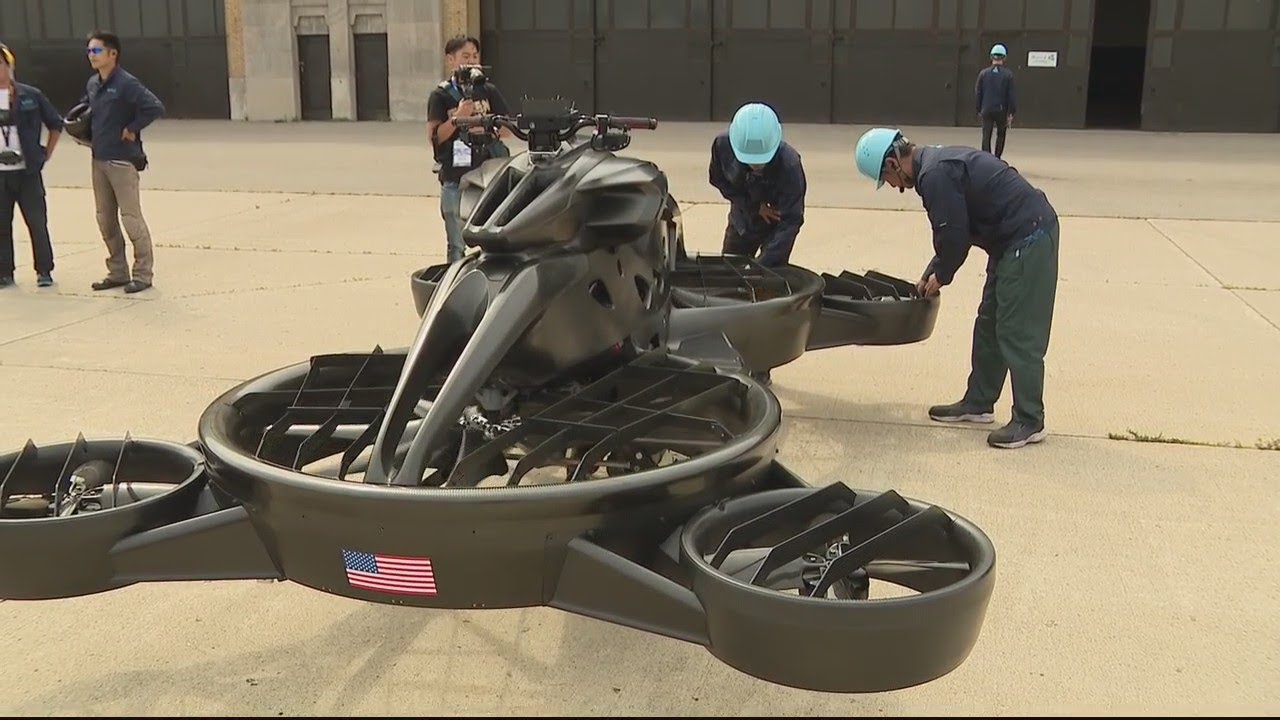At the Detroit Auto Show earlier this month, General Motors showed off its new electric vehicles, including the Chevrolet Silverado RST EV.
DETROIT (AFP) – The budding fleet of electric vehicles sparked a fascination at the Detroit Auto Show, but many consumers weren’t ready yet to own one themselves.
Some, like Justin Tata, wanted a first-hand look at the new electric car offerings, saying, “It’s embracing the upcoming change because I think the internal combustion engine (ICE) is on its way out.”
But Tata, which operates in the packaging industry, still has questions about EV battery disposal. He’s come to the Detroit show, which wraps up Sunday, to survey the state of play, but he doesn’t expect to buy the EV for another five to 10 years.
Among the other attendees, one of the least enthusiastic attendees was Tim Stokes.
“I think that’s going to be the only option eventually,” said Stokes, who was impressed with Ford’s new petrol-powered Mustang, adding that he wanted “to prolong [the driving of ICE cars] for as long as possible.”
Stokes, who works in communications, said friends in the auto industry have advised waiting three or four years for the industry to “solve the problems” with electric vehicles.
– Stream options –
Long considered a niche sideshow in the auto world, the rise of electric cars at this year’s Detroit rally underlined their new mainstream status as major automakers respond to growing concerns about climate change and government policies promoting electric vehicles.
Chevrolet’s presentation highlighted EV versions of three of GM’s best-selling products: the Silverado pickup, the Blazer and the Equinox, both of which are SUVs. Chevy expects deliveries on the vehicles to begin in 2023.
Ford has also targeted its electric campaign toward its more iconic vehicles, unveiling a battery-powered version of its best-selling F-150 pickup truck and launching the Mustang Mach-E, a new SUV that also attracted huge interest from consumers.
A Consumer Reports survey conducted in 2022 showed that 14 percent of Americans say they would “definitely” buy or rent an electric vehicle if they were looking for one, up from four percent in 2020.
US President Joe Biden welcomed electric cars during a speech on September 14 at the Detroit Auto Show
While the vehicle launches have brought unprecedented interest in electric vehicles, auto experts say the meaningful transformation of the ICE-dominated US fleet is still years away.
Price is still a big issue, with the average price for an electric vehicle being around $67,000, according to Cox Automotive.
Experts also point to the lack of charging stations for electric vehicles as a concern. President Biden signed a bill to provide $7.5 billion to build more stations, as his administration announced the first tranche of funding in parallel with a presidential speech at the Detroit show.
– Can the industry provide? –
Automotive workers also report doubts about the availability of key materials such as lithium and cobalt for batteries.
These problems came to the fore during the Covid-19 pandemic, when semiconductor shortages and other supply chain problems forced automakers to limit vehicle production and stock tens of thousands of partially built cars.
Ford said Monday it expects to have 40,000 to 45,000 vehicles, most of them in stock, by the end of the third quarter due to needed parts. On Friday, the Wall Street Journal reported that the company delayed some vehicle deliveries due to a lack of decals bearing the company’s blue oval logo.
Don Lamos, who works for a car supplier, placed an order for a Ford Lightning, but backed out after Ford raised the price of that version to over $80,000—the maximum that would allow car buyers to qualify for a $7,500 tax credit under the The new United States. legislation.
Lamos and his wife Janice were drawn to Chevy’s offerings, including the Equinox, which start at $30,000.
“If they can keep that at $30,000, that’s great,” he said. “I don’t know if they’ll really be able to face production next year, so we’ll see.”
Don Lamos cited cost savings as the main driver, while Janice Lamos described climate change as a priority. The pair are sold on electric cars, but are considering how much they will spend now when battery technologies are likely to improve in the future.
Many of the vehicles launched are touted as being able to travel 300 miles without being recharged, but the capacity is much lower if the vehicle is towing a payload.
“You know when you need fuel you can go to the corner and there’s a station. I don’t think there are enough (charging) stations for one of these,” Carlos Rubanti said when asked about the lightning.
Consumers at the show described climate change as a concern, but weren’t necessarily convinced that electric vehicles were the answer.
Ford’s electric car shows at the Detroit show included the Mustang Mach E
Besides battery disposal, another concern is the unwanted consequences of the mining boom in vital materials, such as the use of child labor in the Democratic Republic of the Congo to produce cobalt, said Christian Damboio, who works for an automobile supplier.
“When you think about all this stuff, it probably isn’t as clean as it looks,” Damboiu said.
“I understand that (electric vehicles) have some advantages, so we’ll see how it plays out.”
